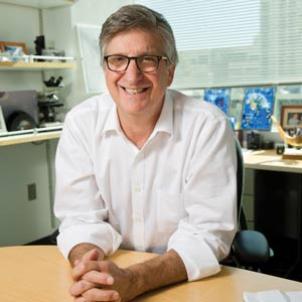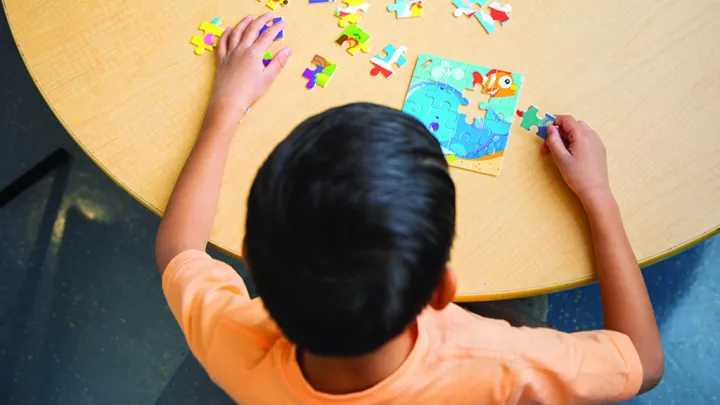
Autism Is Diverse But Our Model Systems Haven’t Been
One of the biggest challenges that clinicians face in diagnosing and treating autism spectrum disorder is the fact that the condition varies widely between individuals. As autism advocate Stephen Shore famously said, “If you’ve met one person with autism, you’ve met one person with autism.”
Now, researchers at Children’s Hospital Los Angeles have proposed a new approach to help scientists better understand this variability. Their paper, published in the journal Neuron, found that studying autism in genetically diverse rodent models is a much better way to replicate the variability seen in human populations.
“We are trying to improve the way we investigate neurodevelopmental disorders in the laboratory,” says Manal Tabbaa, PhD, co-first author on the project and a National Science Foundation Postdoctoral Research Fellow in the lab of Pat Levitt, PhD, at CHLA. “An important way to do this is to incorporate more genetically diverse animal models.”
The impact of diversity
Autism is a neurological and developmental disorder that affects how people interact with others, communicate, learn and behave. But each person with the condition is impacted in a different way.

For example, some people with autism develop little to no spoken language. Others speak fluently, while still others fall somewhere in between. That same spectrum exists for other learning and behavioral challenges. And while autism is often diagnosed in early childhood, it’s difficult to predict which children are most at risk for severe disability.
Because of this variability—often called heterogeneity—most autism research in labs is performed with genetically identical animal models. The idea has been to home in on specific targets and eliminate as many variables as possible.
But the CHLA team felt that this approach was too limiting and a potential barrier to discoveries.
“We wanted to see if using genetically diverse mice could provide a better framework for replicating the trait that characterizes this condition in humans,” says Dr. Levitt, Principal Investigator on the study and Chief Scientific Officer, Vice President and Director of The Saban Research Institute of Children’s Hospital Los Angeles. “This approach addresses how genetic differences in humans may influence outcomes.”
The team, which also included co-first author Allison Knoll, PhD, centered their study on the CHD8 gene. People with mutations in this gene often—but not always—have autism, and their symptoms can vary widely.
The investigators studied mice that all had the CHD8 mutation but were otherwise genetically diverse—coming from 33 different genetic backgrounds. A control group of mice did not have the mutation but was also genetically diverse. The team then measured physical, social and behavioral traits in each.
“What we found was that the mutation caused vastly different physical and behavioral traits in those mice, depending on the rest of their genetic makeup,” Dr. Tabbaa says. “It was clear that if you look at a mutation only in one set of genes, you’re just seeing one effect that the mutation can cause. To see a broader range of effects, you need to examine it in many different genetic backgrounds.”
A major challenge
The study is the first to use genetically diverse mouse models to research a neurodevelopmental disorder. But this approach has been used—with success—in many other fields, including cancer, diabetes and virology.
Implementing it on a wide scale is a major challenge, though. “Most labs, on their own, do not have the resources to perform studies like this,” notes Dr. Levitt, who holds the Simms/Mann Chair in Developmental Neurogenetics at CHLA. “We need a larger mechanism, such as funding for a consortium, so that multiple labs can collaborate on these investigations.”
Meanwhile, Dr. Tabbaa is using this new model to better understand the neurobiology that underlies the impact of the CHD8 mutation. She is also exploring how early-life environment influences how resilient or susceptible an individual is to the mutation.
“I am very passionate about this work,” she says. “Our hope is that this model will help us make discoveries in the lab that can translate into new and better treatments for children with autism.”


